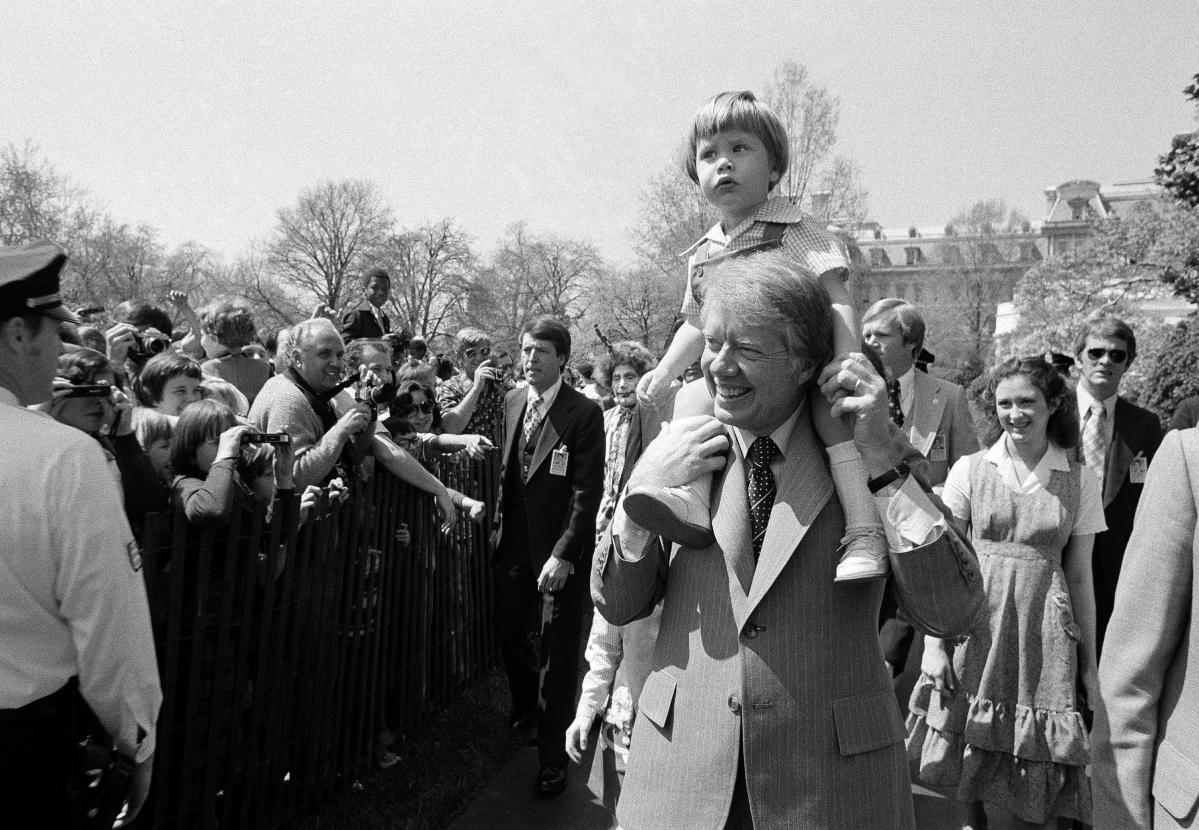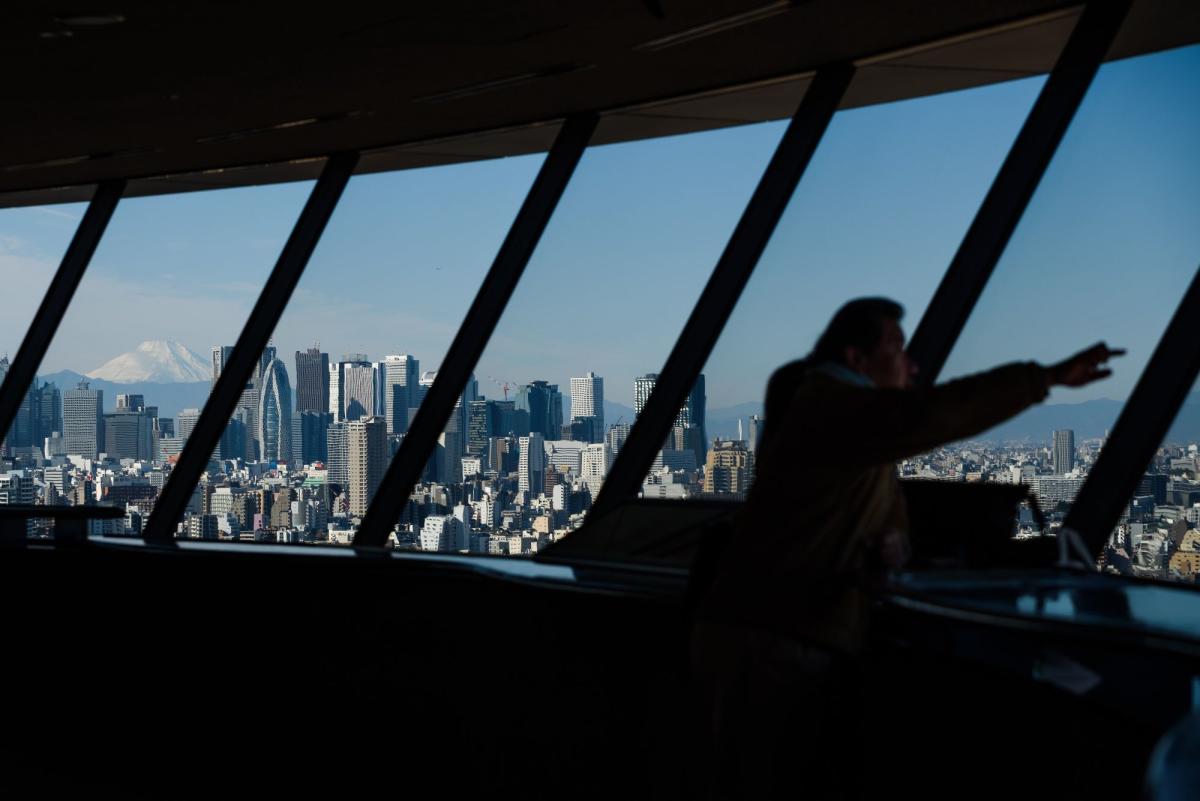Since President Rutherford B. Hayes first invited children to egg-roll on lawn, the cherished springtime event has become one of the longest held traditions at the White House.
Dating back to 1878, the Easter Egg Roll came to be shortly after Congress voted to restrict public use of the U.S. Capitol grounds. Washingtonians had traditionally to rolled brightly dyed hard-boiled eggs down the lawn with spoons to celebrate Easter Monday, according to the White House Historical Association.
Members of Congress who were fearful of yearly landscape damage caused by participants passed the bill to restrict access on April 29, 1876, and effectively banned future egg rolling at the Capitol.
However, two years later, a group of children lobbied President Hayes to allow them to play their egg-rolling games on the White House’s lawn, and thus began the tradition that still exists today.
![U.S. Vice President George H. Bush greeted by cartoon characters at the start of the annual Easter egg roll on the White House, April 8, 1985 in Washington. (AP Photo) ORG XMIT: APHS205201 [Via MerlinFTP Drop]](https://s.yimg.com/ny/api/res/1.2/9Svu89SSpb9eT6v8Mt1hGw--/YXBwaWQ9aGlnaGxhbmRlcjt3PTcwNTtoPTQ0OQ--/https://media.zenfs.com/en/usa_today_news_641/29be9b0d8b9085c340db4c391e4cefe1)
![President Bill Clinton handles the starting whistling and first lady Hillary Rodham Clinton handles cheer leading chores during the annual Easter egg roll on the White House lawn in Washington, April 12, 1993. (AP Photo/Ron Edmonds) ORG XMIT: APHS341978 [Via MerlinFTP Drop]](https://s.yimg.com/ny/api/res/1.2/V6NcMGQzxjgKEXAuyFwMeQ--/YXBwaWQ9aGlnaGxhbmRlcjt3PTcwNTtoPTQ2Mw--/https://media.zenfs.com/en/usa_today_news_641/3e3038b23e3b917f2b9c6cb9c03482e9)
Camille Fine is a trending visual producer on USA TODAY’s NOW team.
What’s everyone talking about? Sign up for our trending newsletter to get the latest news of the day
This article originally appeared on USA TODAY: White House Easter Egg Roll photos: How spring tradition began in 1878








